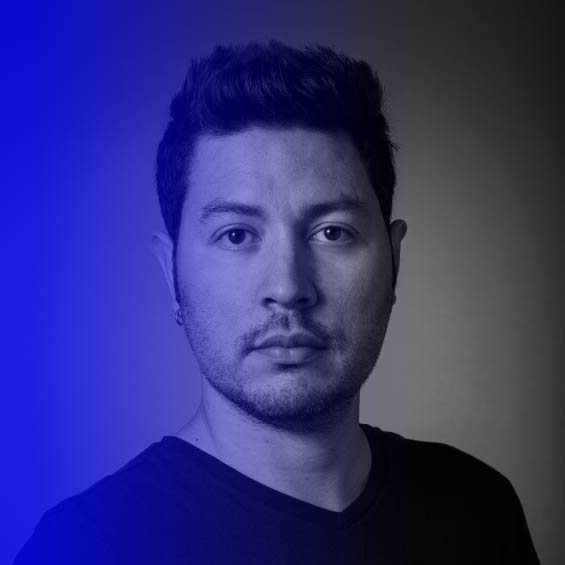The Quintero-Puchuncaví Bay is located in the Valparaíso Province in Chile and encompasses two municipalities -Quintero and Puchuncaví- with high levels of industrial pollution caused by the Ventanas Industrial Complex.
Between the end of the 1950s and the beginning of the 1960s, the industrialization of the Quintero-Puchuncaví Bay began, with fishing and agriculture as the main activities. There are currently a total of 19 polluting industrial facilities in the area, which are considered hazardous and occupy 2 km of beach terrain, including power stations, smelters, refineries, and chemical producers.
In 1993, nearly thirty years after the beginning of the bay’s industrialization, the Chilean Ministry of Agriculture decreed the area as «saturated by pollution» due to sulfur dioxide (SO2) and particulate matter (PM10).
Nonetheless, this measure was ineffective in controlling pollution and industrial growth in the area, which is now one of the most polluted in the world.
Acid rain, a by-product of pollution and power plant emissions, has affected the fertility of the soil to the point of scorching it: from 1964 to 2007, the area cultivated with cereals and tubers was reduced to the brink of disappearance.
1- Sulfur dioxide (SO2)
2- Sulfuric acid (H2SO4)
3- Nitrogen dioxide (NO2)
4- Ozone (O3)
5- Carbon monoxide (CO)
6- Pollen and road dust
7- Lead (Pb)
8- Arsenic (As)
9- Mercury (Hg)
10- Copper (Cu)
11- Methyl chloroform (C2H3CI3)
12- Mercaptans Hydrocarbons
13- Toluene (C7H8)
14- Nitrobenzene (C6H5NO2).
There have been multiple episodes of high pollutant concentrations. The last one occurred on June 9, 2022, and affected 115 people, mostly schoolchildren, forcing the closure of educational centers.
